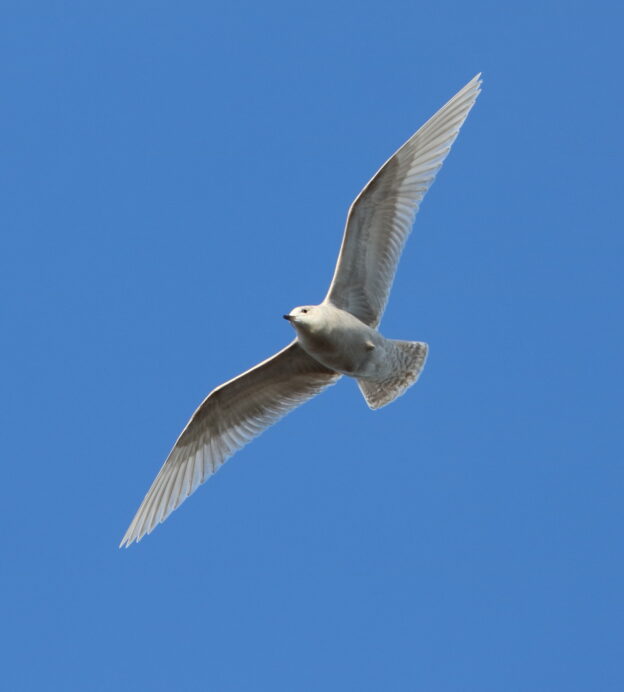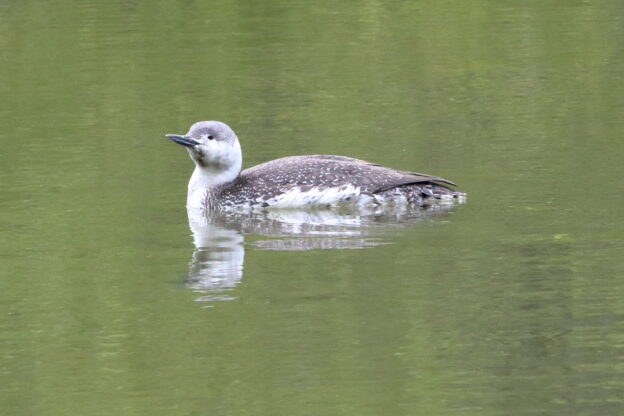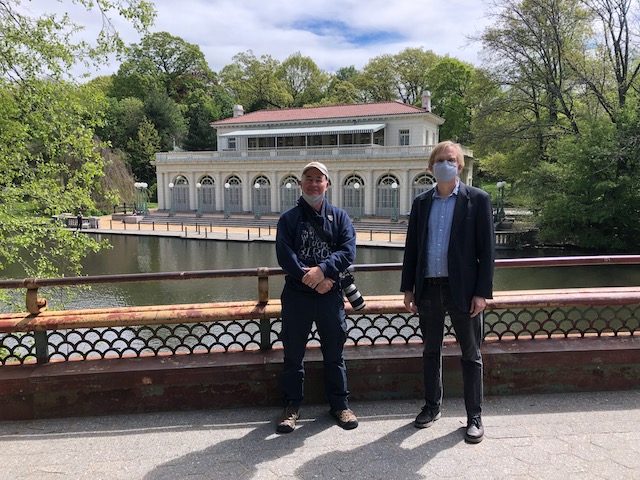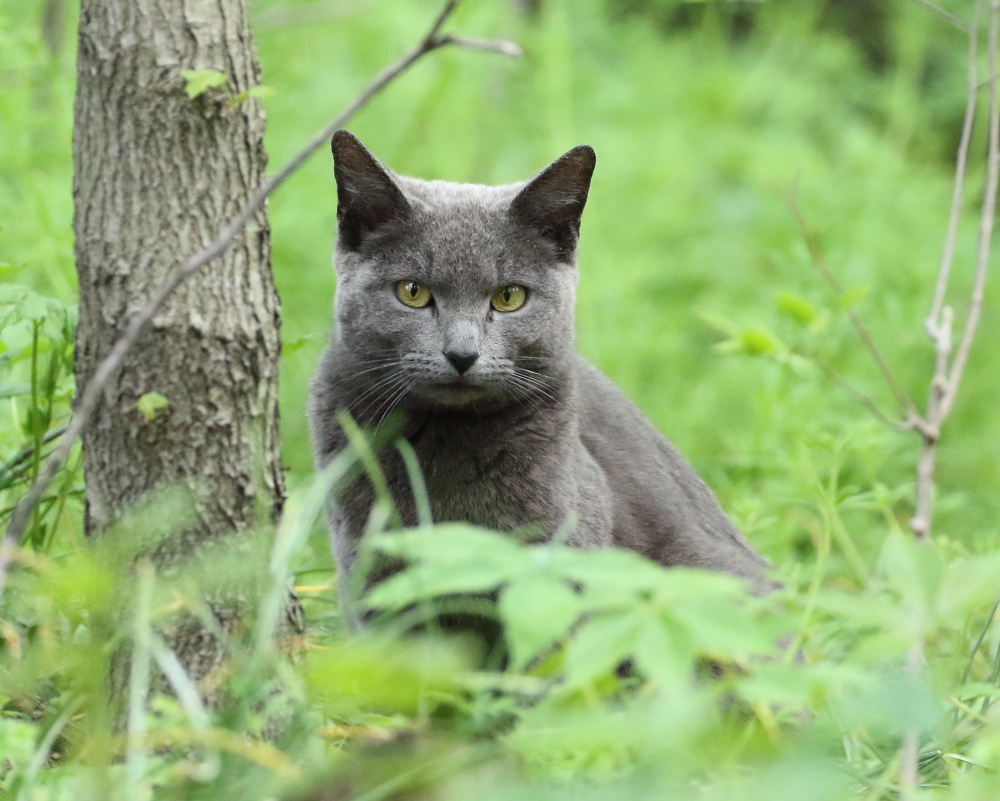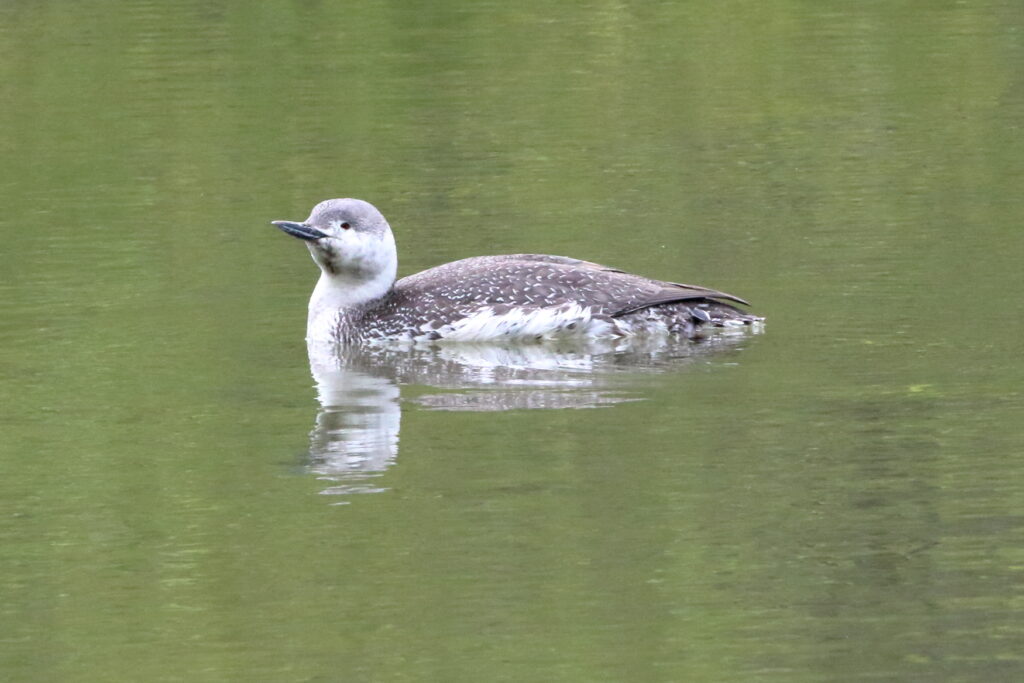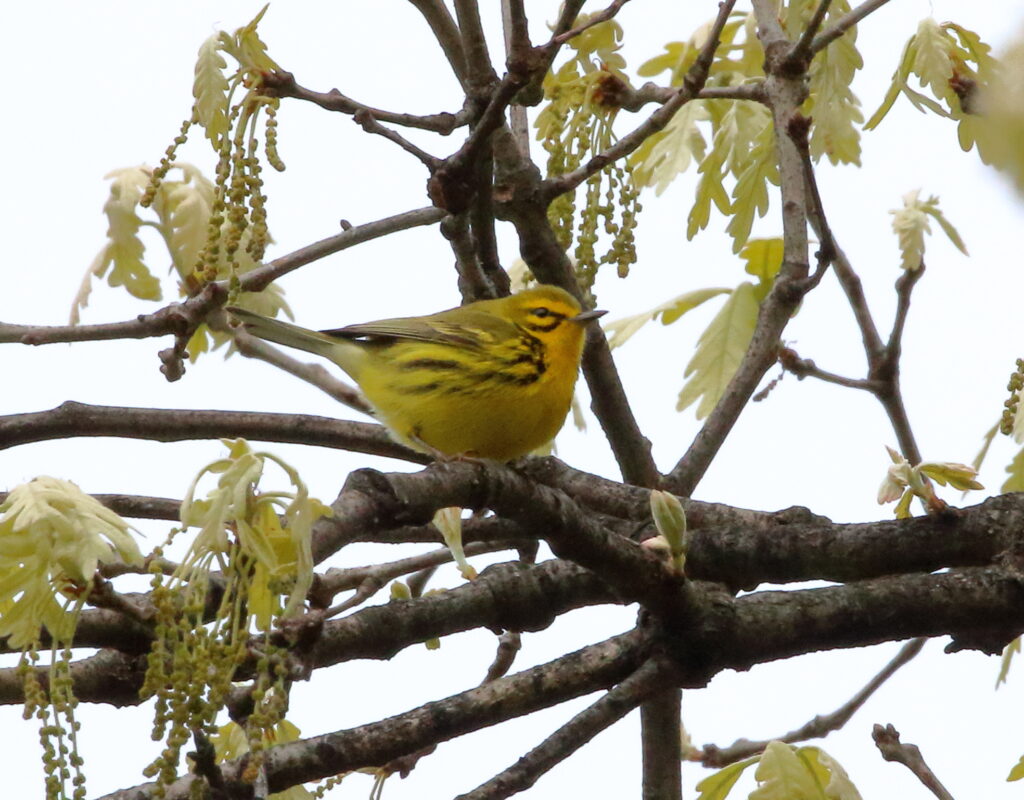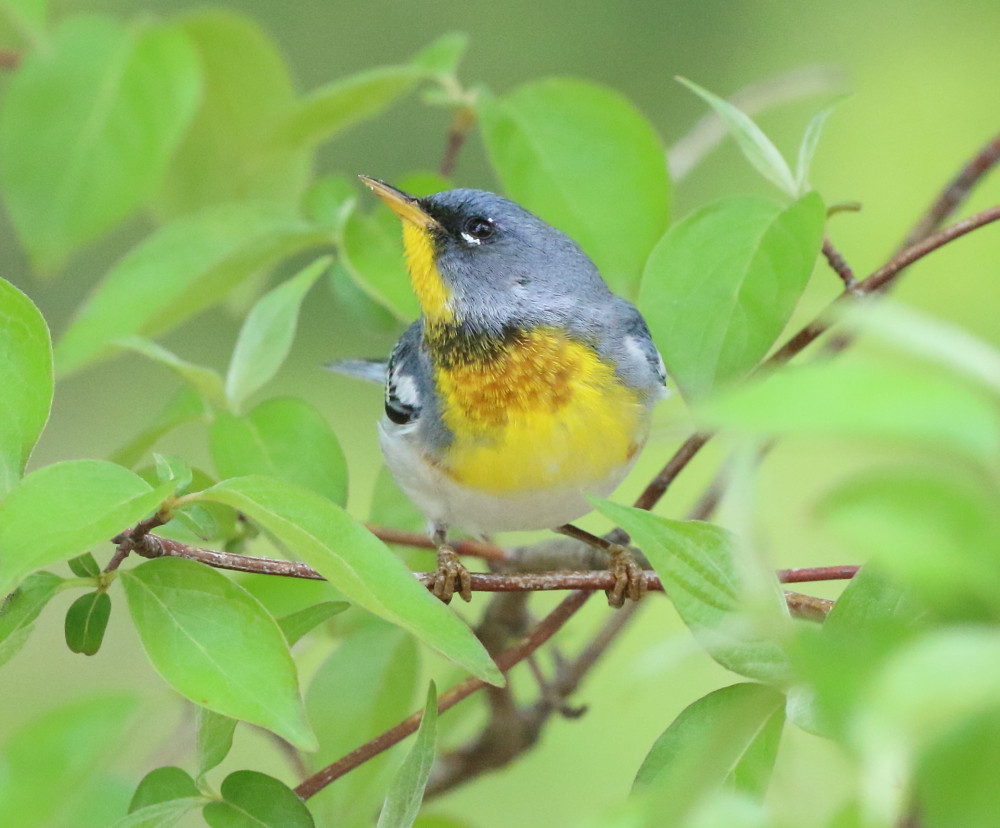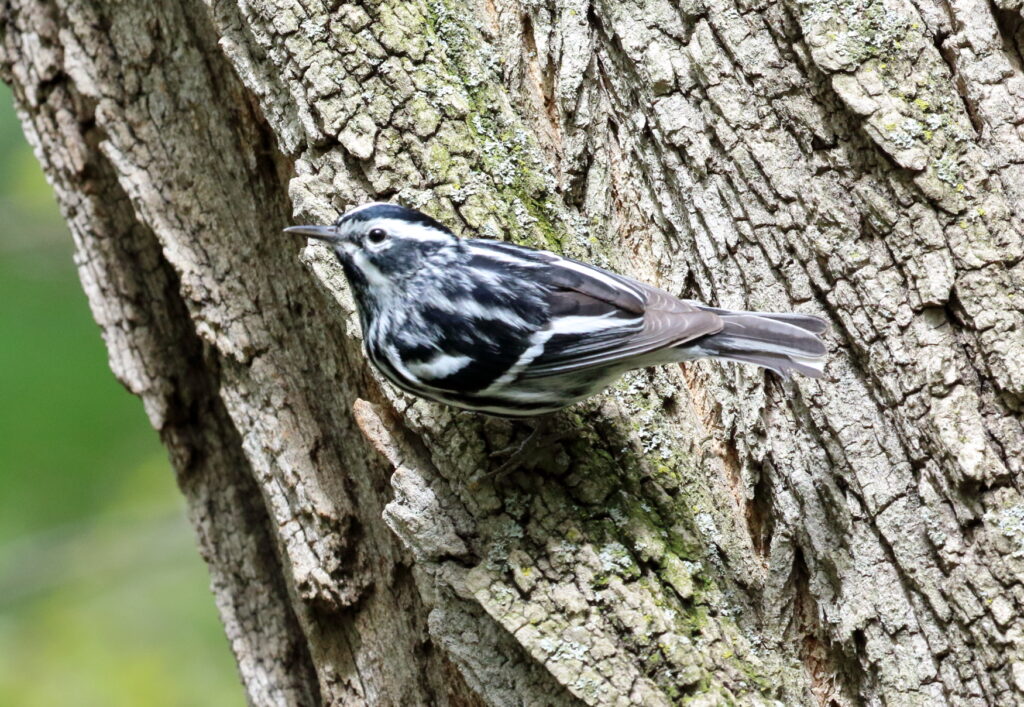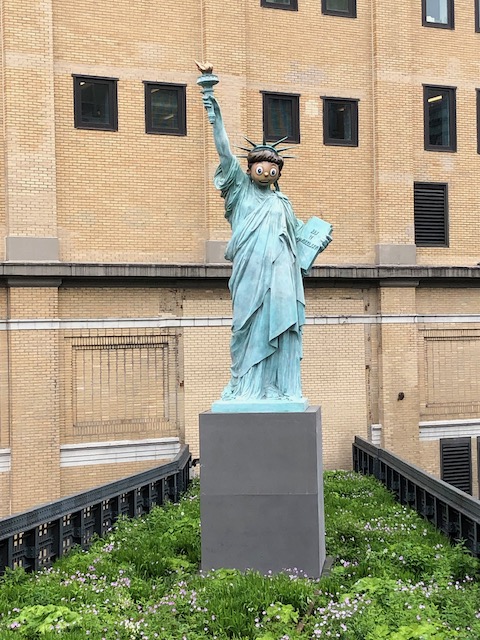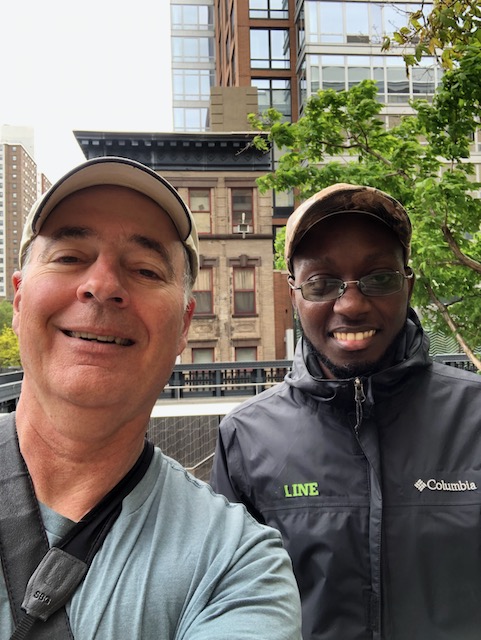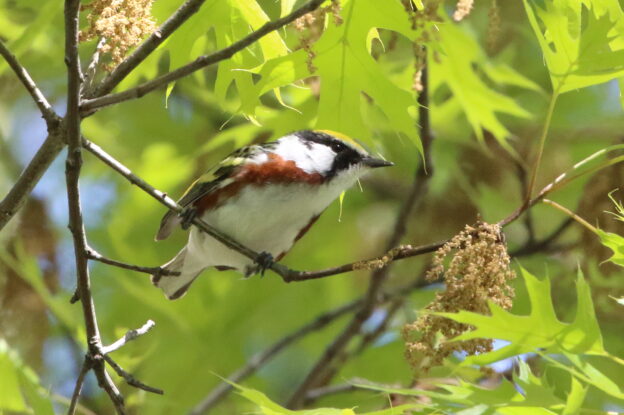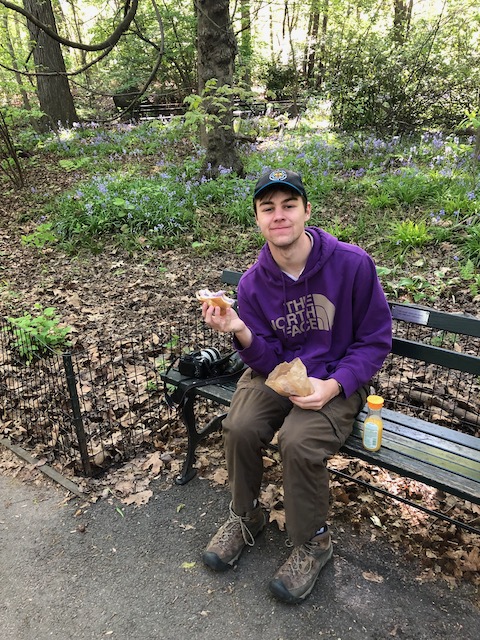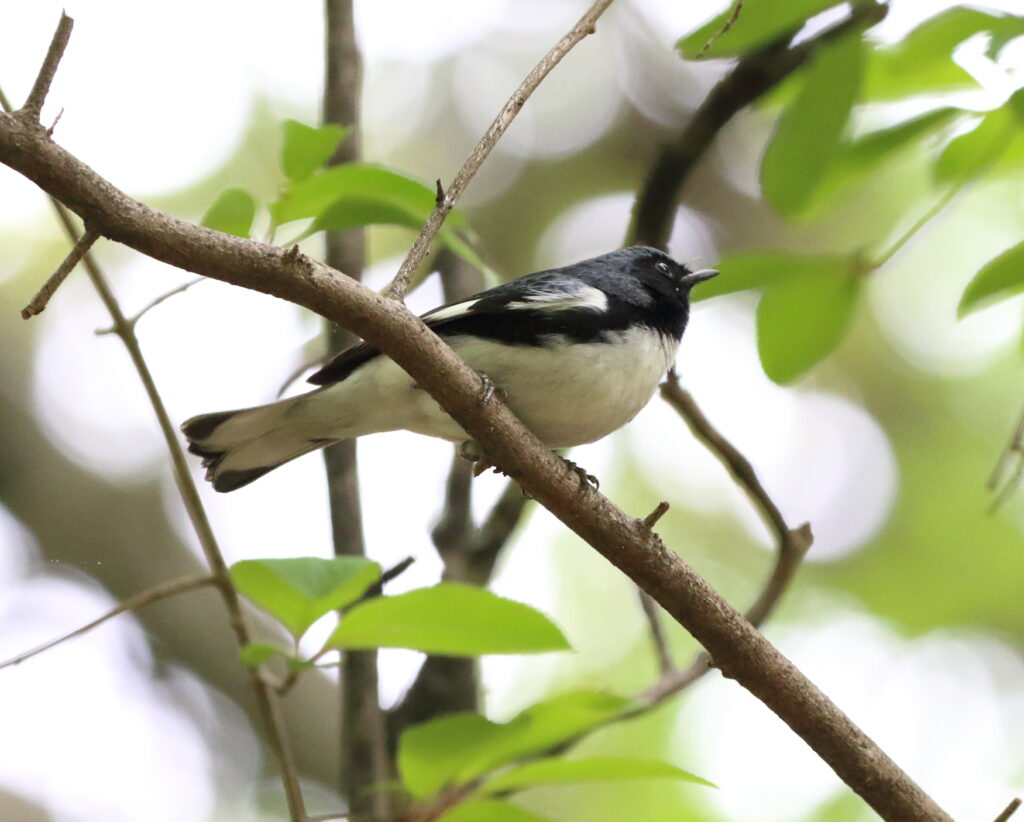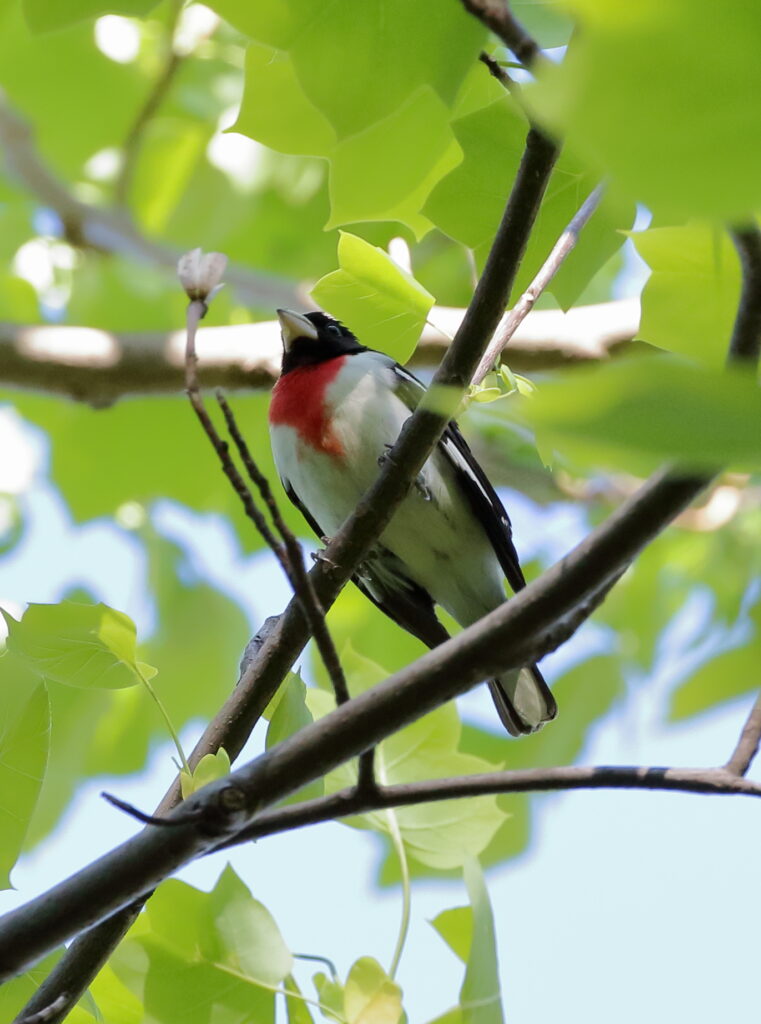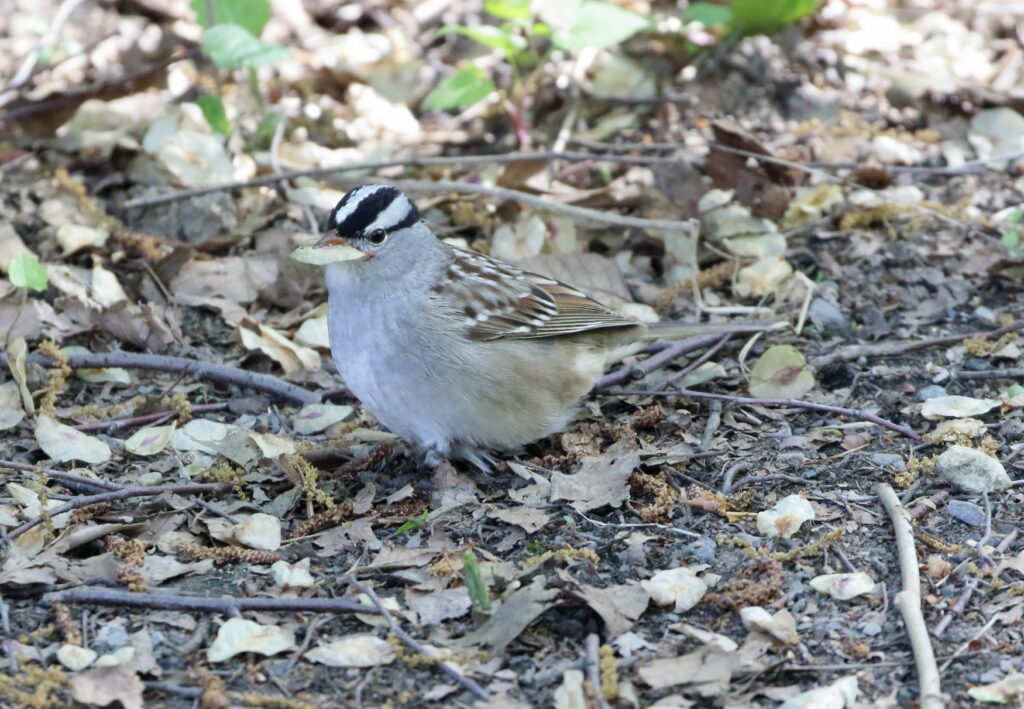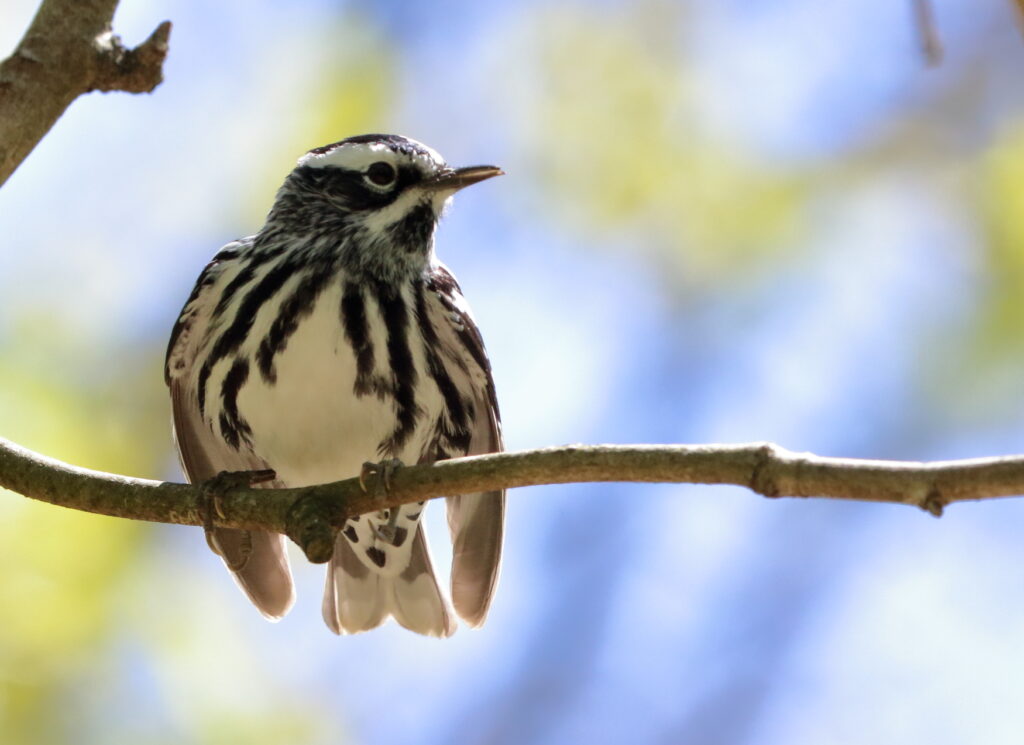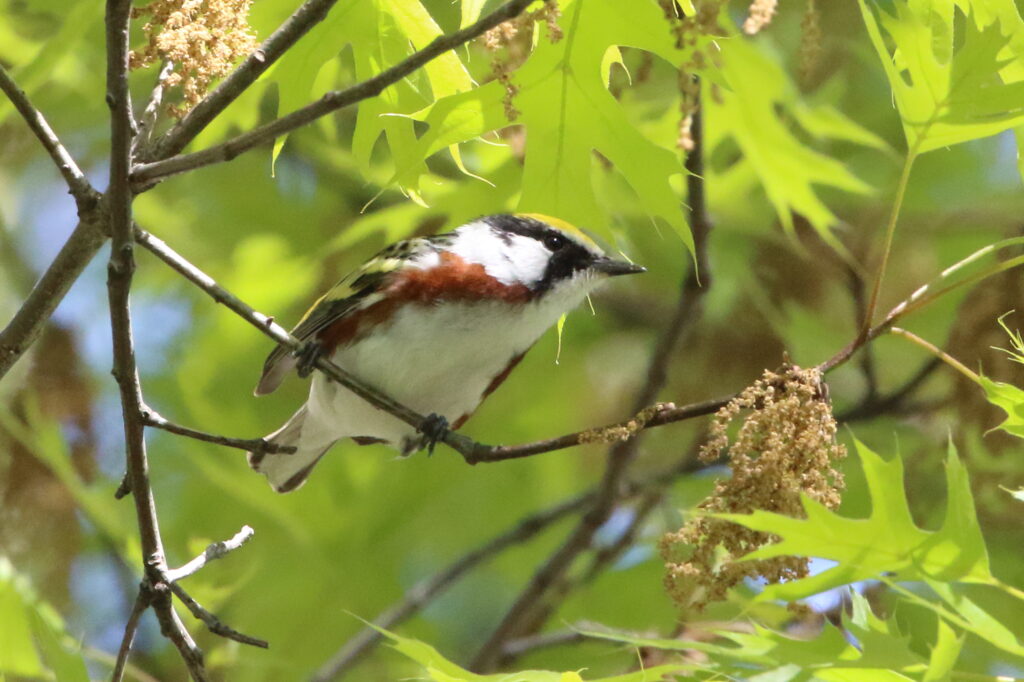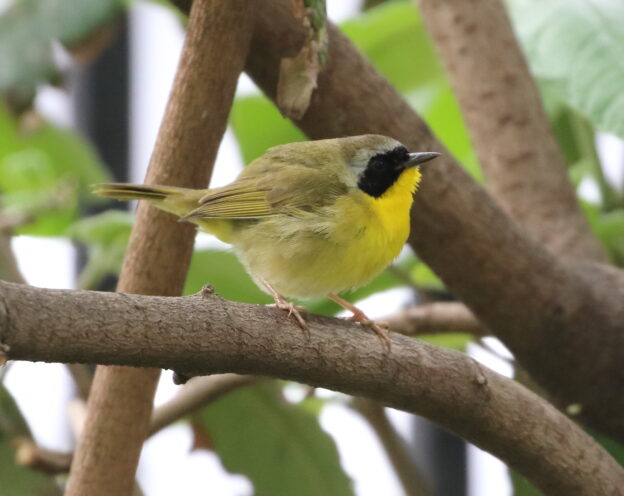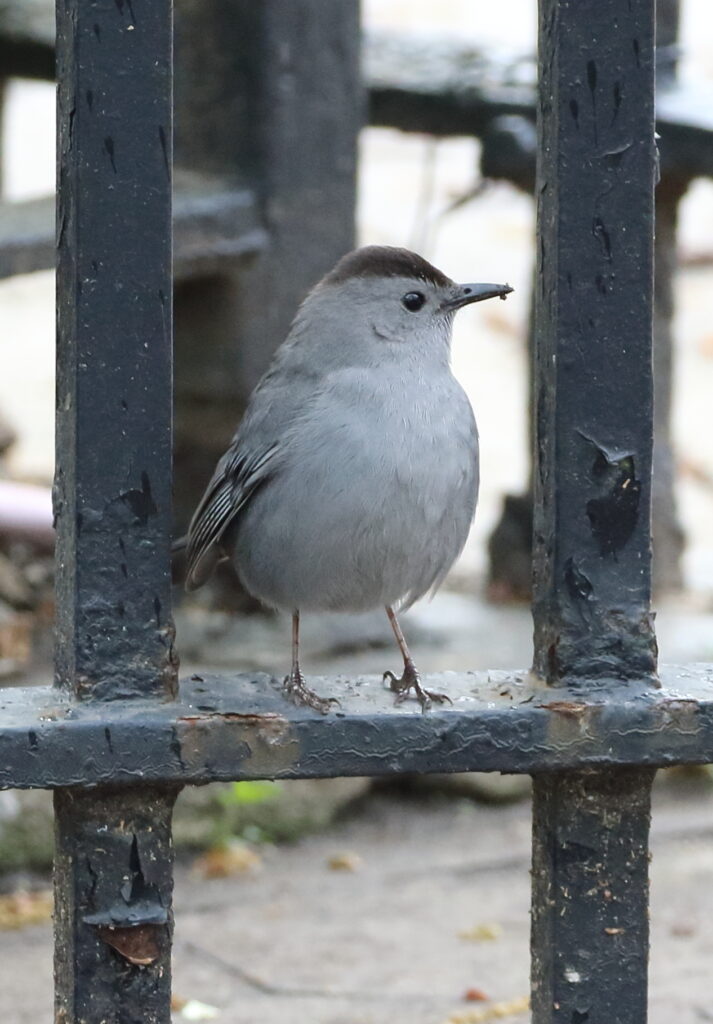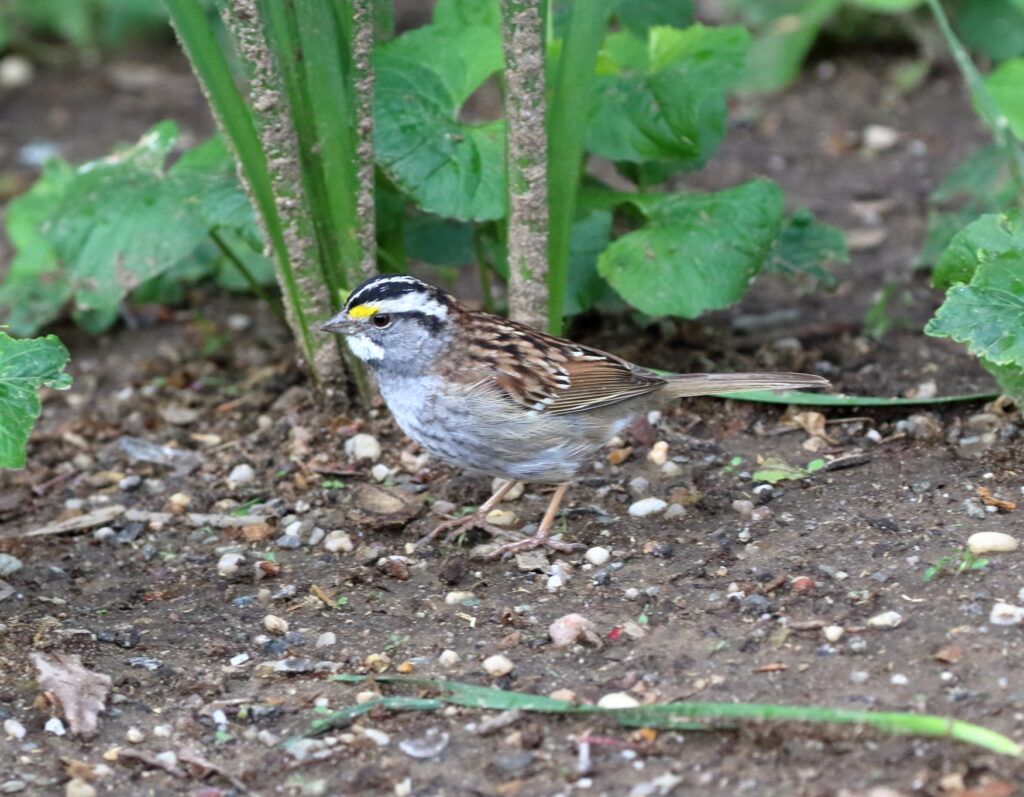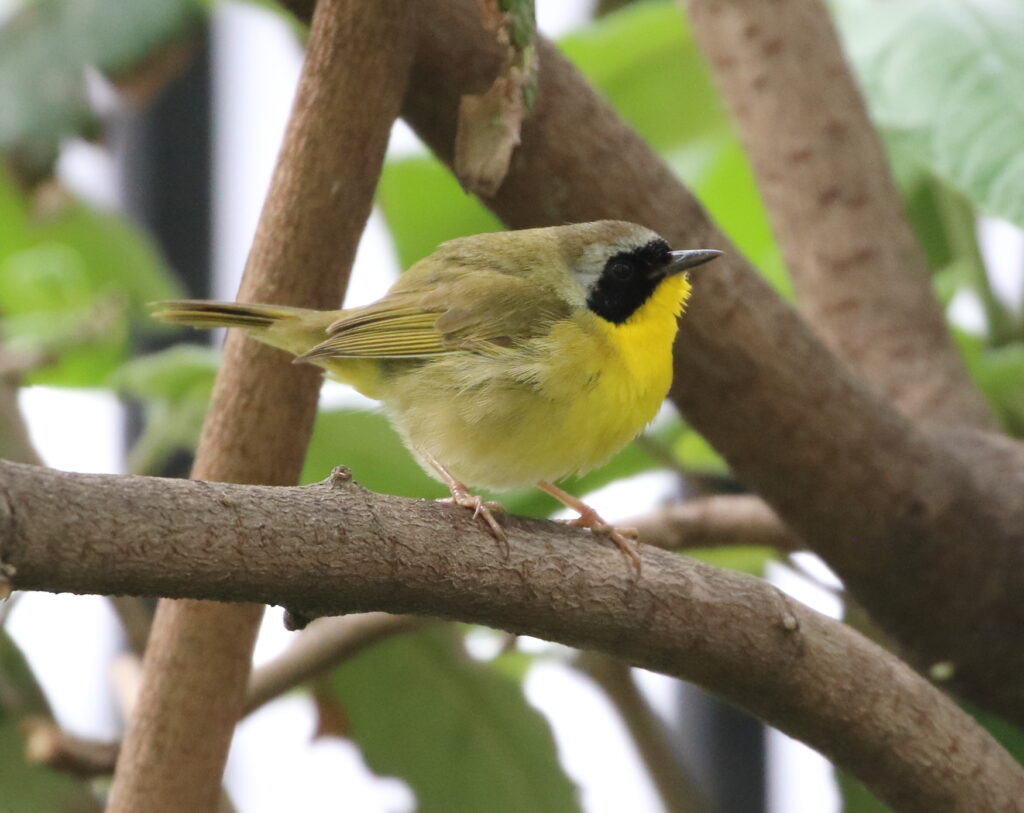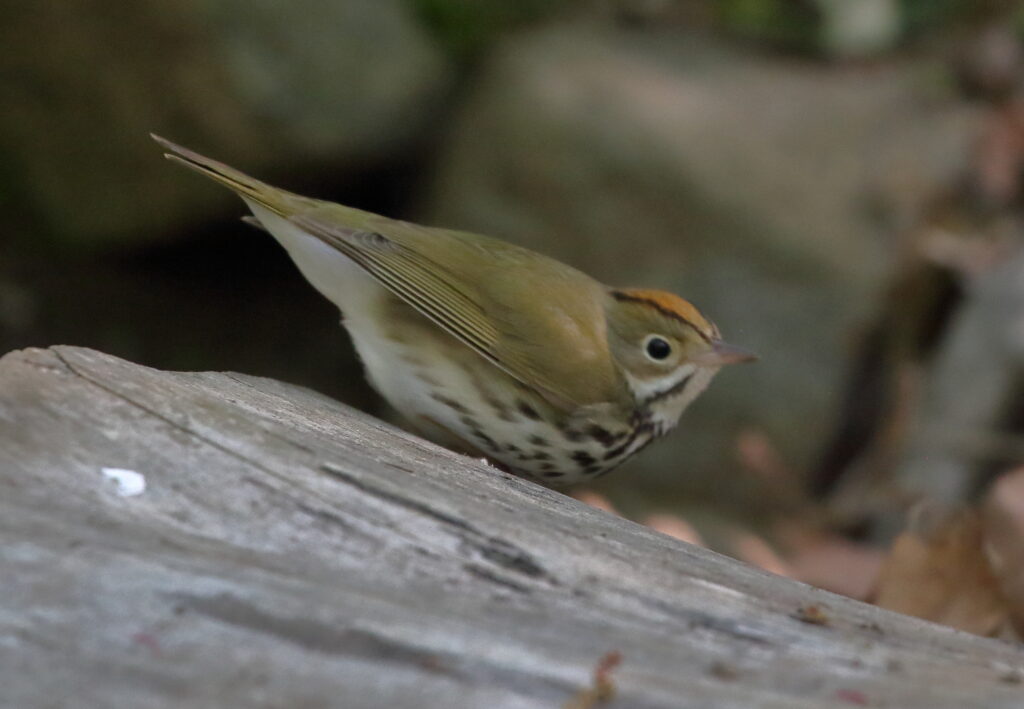Well, another great year of birding has passed for Braden and me—and we hope for you, too. Both of us had remarkable experiences the likes of which we’d never had before, and in the process once again broke our previous Big Year records—I, accidentally, and Braden with determination and grit. As you enjoy Braden’s year-end recap, we want to tell you how much we appreciate your interest in our adventures over the years. In 2022 we smashed viewership for our blog with more than 7,000 views for the first time, bringing our total to more than 21,000 views since we first began writing this blog (gasp) five years ago. We have never had any goals with the blog except to share our love of birding, provide some education about birds, and encourage a will to protect them. With that in mind, we don’t know how long we’ll continue writing it, but as long as you all keep checking in, chances are good that we’ll stay with it, too. Happy 2023 and may birds continue to grace your lives!
Roaring winds, carrying hordes of gulls and Northern Gannets with them, ripped past Schoodic Point as I stood on the wave-battered rocks. The sky was beginning to brighten, and a few other people had made an appearance, including a guy in the parking lot with a spotting scope who I’m pretty sure was counting migrating sea ducks. I had no particular need to talk to him. Instead I was content to stare at the sea, reflecting on one of the most memorable weekends I’d had in a long time.
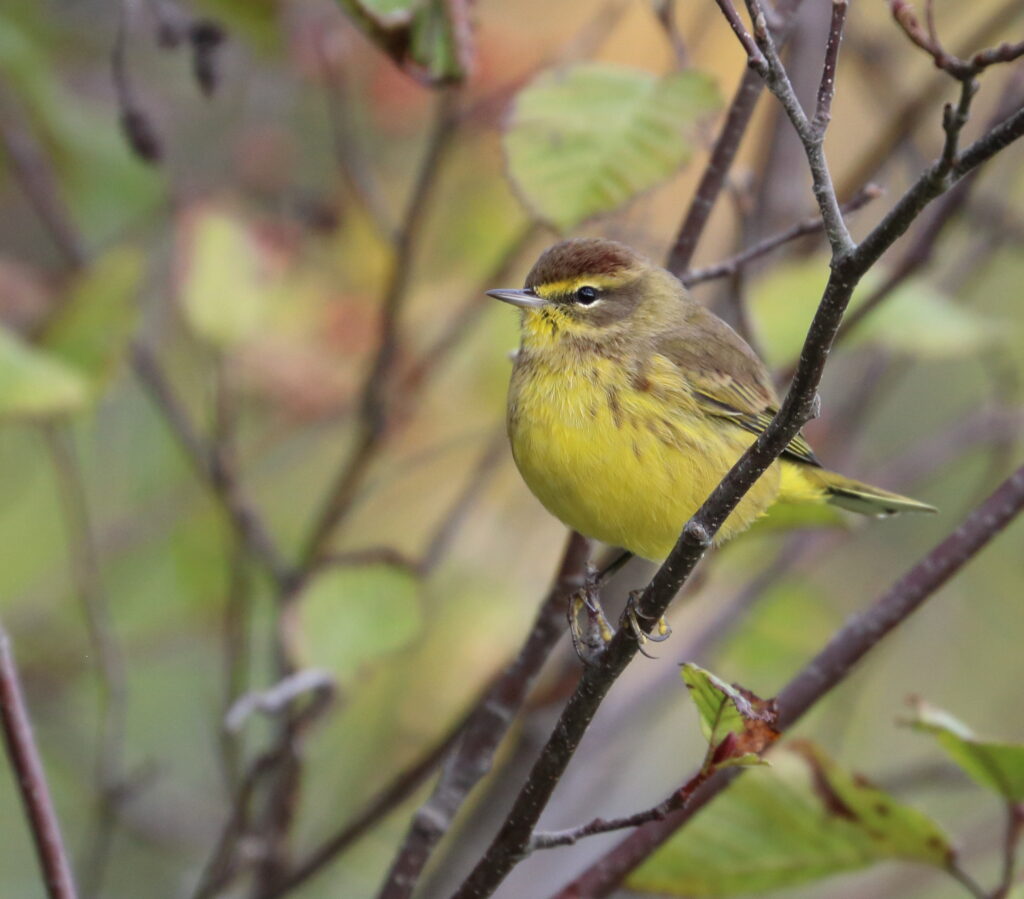
I was several hours away from the end of my EES 217 class, a one-credit course completely confined to the past two and a half days. During this time, I and a group of like-minded students had designed projects relating to the ecology of the Schoodic Peninsula, a part of Acadia National Park. My group was chosen to study the impact that humans were having on Acadia’s saltmarshes, and we tackled this issue by wading out into the marshes around the peninsula and collecting data on trash, invasive species (specifically a tall grass called Phragmites) and erosion. Yesterday we had arrived back at the Schoodic Institute, our home for the weekend, to begin analyzing our data, and later today we would be presenting our project to the public, all under the guidance of the head of the University of Maine Ecology and Environmental Sciences Department, Katharine Ruskin.
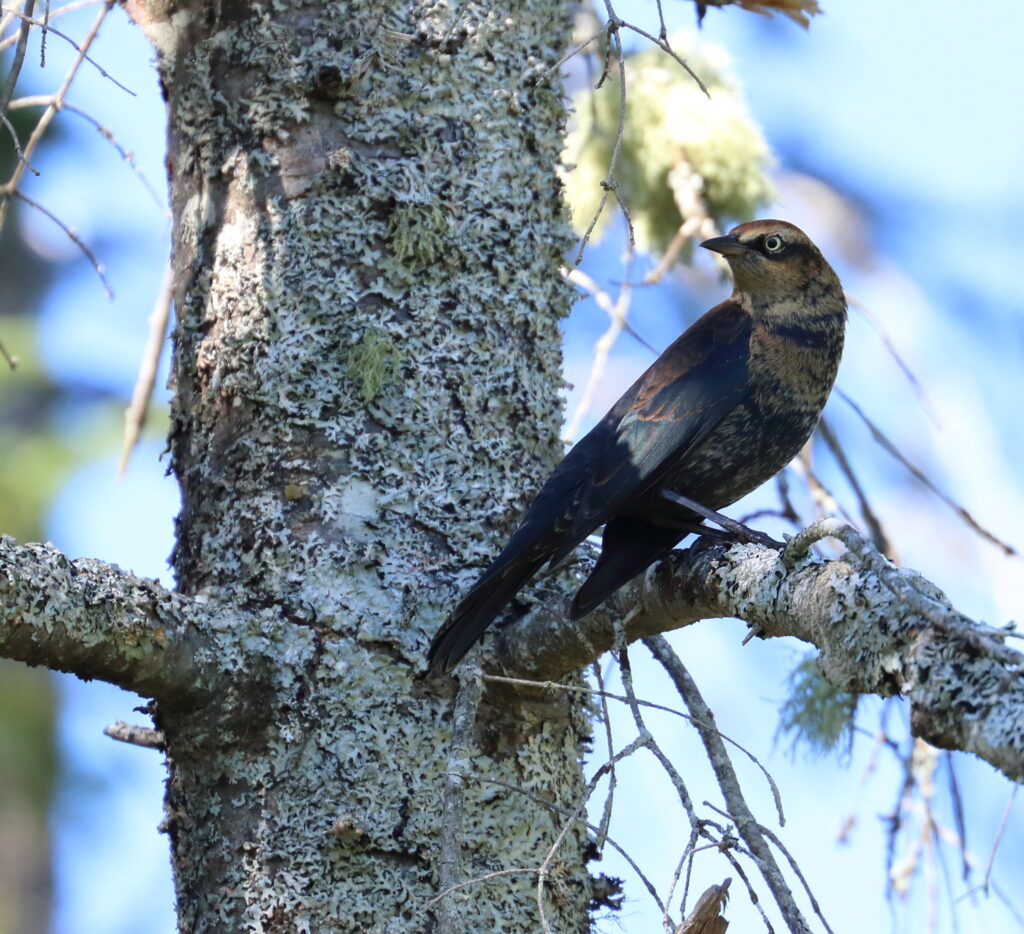
The fact that I’d been doing science all weekend wasn’t the only great thing about this class. The food was great— welcome relief from dining hall food—and the people were amazing. It was the first time I had been surrounded by like-minded people in a long time, people who cared deeply about conservation and the environment. No one knew each other whatsoever on the Friday that we left, but by Sunday night I felt like I had made some really great friends. I talked to everyone I possibly could during the brief breaks we had to be social, including on Saturday night, when we all grouped together to do icebreakers for a few hours, and Sunday morning, when we all walked out to see the sunrise at Schoodic Point. It truly was an incredible experience.
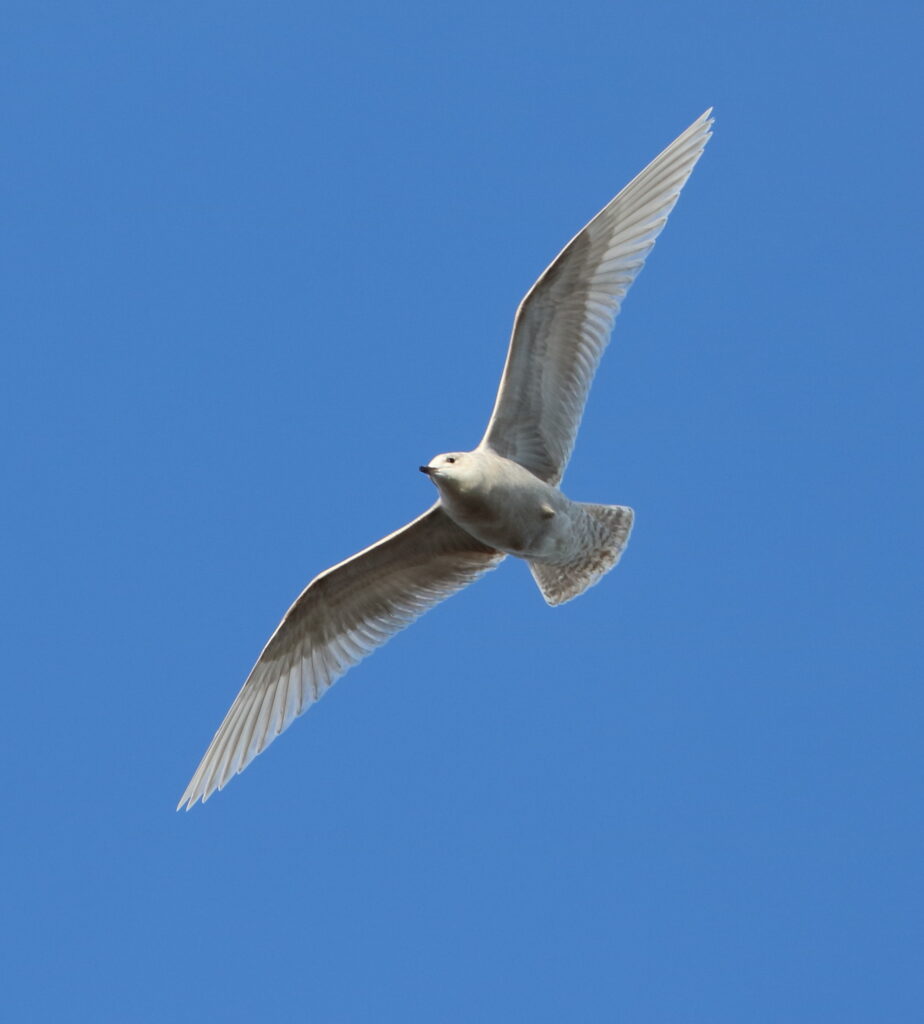
Now, as I stood on the rocky cliffs above the Atlantic (half an hour after everyone else had gone back to eat breakfast), I spotted a tiny gull fly by—one with a yellow bill and tiny black wingtips.
“Kittiwake!” I yelled, to no one in particular.
Black-legged Kittiwake was not a bird I had been expecting to see on this trip, or this year for that matter, and had the distinction of being my 498th bird species for the year.
After my dad’s and my amazing shorebirding and ptarmigan experience in August, I had arrived back on the University of Maine’s campus with low expectations—500 birds for the year was within reach, but unlikely since I had only 484 species and didn’t know where 16 more could possibly come from. I took advantage of my campus’s great location during the month of September, however, circling the campus’s Cornfield Loop as often as possible to look for warblers as they migrated south from their breeding grounds in the boreal forest. During that month, I added six species of warblers to my year list: Blackburnian, Bay-breasted, Canada, Cape May, Blackpoll and Tennessee. I also saw the first Rusty Blackbirds and Scarlet Tanagers that I’d seen in six years. Suddenly, my year list passed 490. A trip to St. John, New Brunswick with my girlfriend added White-rumped Sandpiper to my ABA list, and in late October, my friend Wesley Hutchens volunteered to drive me to Lake Sebasticook to see two long-staying Hudsonian Godwits, which I got to watch through fellow Montana birder Ed Harper’s spotting scope. And then, on November 6th, I saw those Black-legged Kittiwakes, cruising by Schoodic Point, and was suddenly two birds away from 500 with two months left.
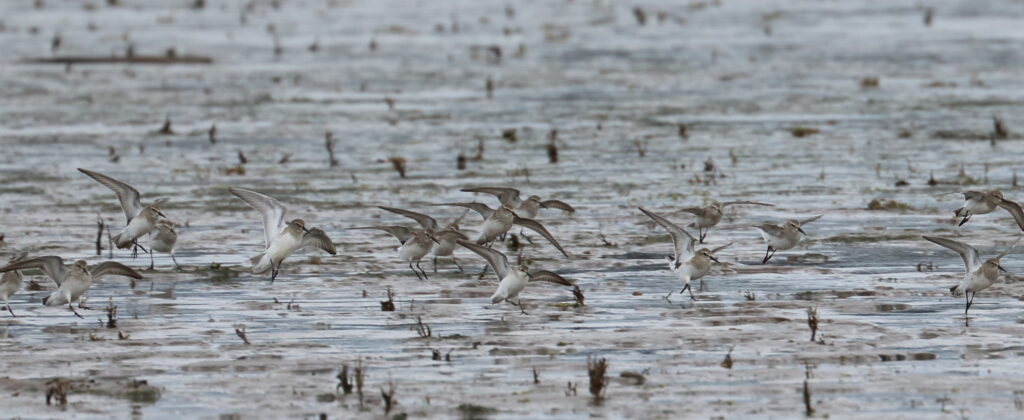
I was not to be deceived by that seemingly long amount of time remaining, however. There just weren’t that many possibilities left, and the birds were leaving. American Golden-Plovers were making brief appearances around the state, but my chances of finding one were slim. Rare wintering birds like Glaucous Gulls and King Eiders also were things I needed on my year list, but again, there was no easy way to find them. Besides, my class load had picked up significantly, and the time I had allotted for birding diminished with every day.
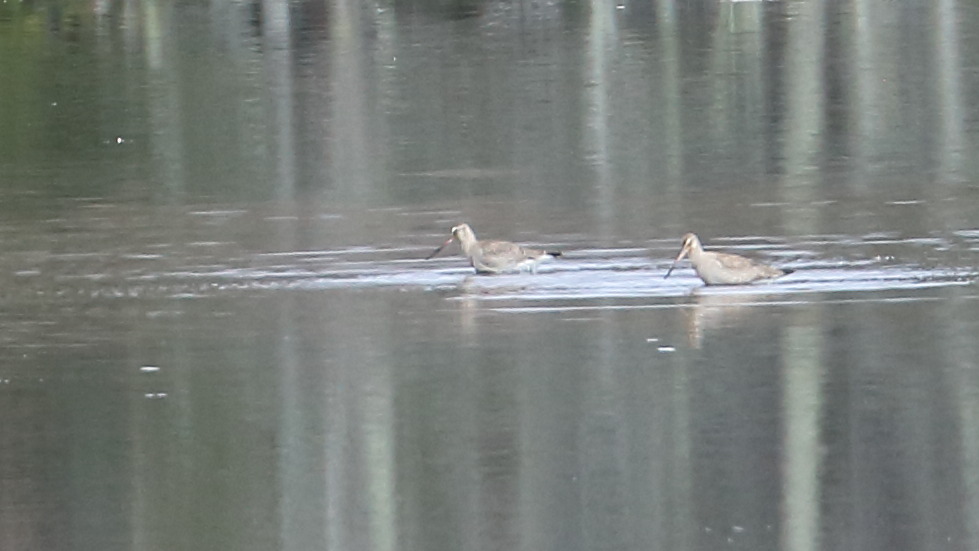
And yet, in mid-November, a local birder reported a Snow Goose from a farmer’s field in Bangor, Maine. The next day, people went to see it, and apparently the identification had changed to Ross’s Goose. Wesley Hutchens went that morning, and reported back to me as I was getting out of my Honors Lecture: it wasn’t a Snow Goose or a Ross’s Goose. It was both. And I needed both for the year, which was ironic given that had I been in Montana, I likely would have picked them up months earlier. I couldn’t resist, but I also couldn’t get there. I didn’t have a car.
Wes solved that problem. “Dude, you’re going to get these geese. I might be late to class, but we gotta get you these geese.”
Needless to say, Wesley Hutchens had been responsible for a large chunk of the birds I’d seen this fall, and I’m very grateful to him for that. We drove the fifteen minutes from campus, pulling over near an abandoned church across the road from a large field, and there they were. Two differently-sized white geese, standing right next to each other. It was almost too easy. And yet, maybe it was a reward for all of the time I’d put into getting the other 498 birds I’d seen in 2022. I’d seen a lot of birds in 2022.
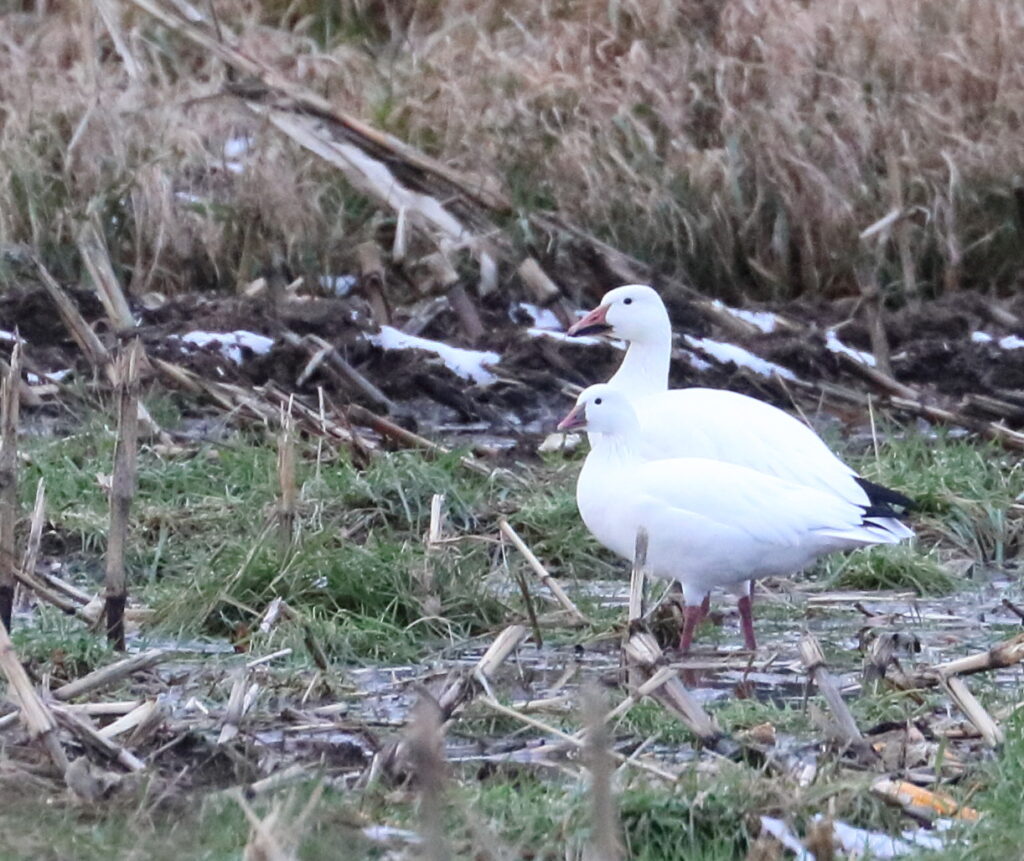
Before leaving Montana in January, my dad and I had racked up nearly 70 species just birding around Montana, including uncommon winter species like Great Gray and Short-eared owls, Lapland Longspur, Pine Grosbeak and Canada Jay. February had been a rough month for birding, but March brought the trip from New Orleans to Key West with Nick Ramsey, giving me lifers in the form of Prairie Warblers singing from mangroves and Swallow-tailed Kites circling over the Pineywoods. That trip got me over 200 for the year. April was when a few migrants showed back up in Maine, followed by a stellar few days of May birding in New York City with my dad. I arrived back home to Missoula later that month, just in time for the migrants to hit Western Montana, which allowed me to see 100 species in a day just birding around my hometown.
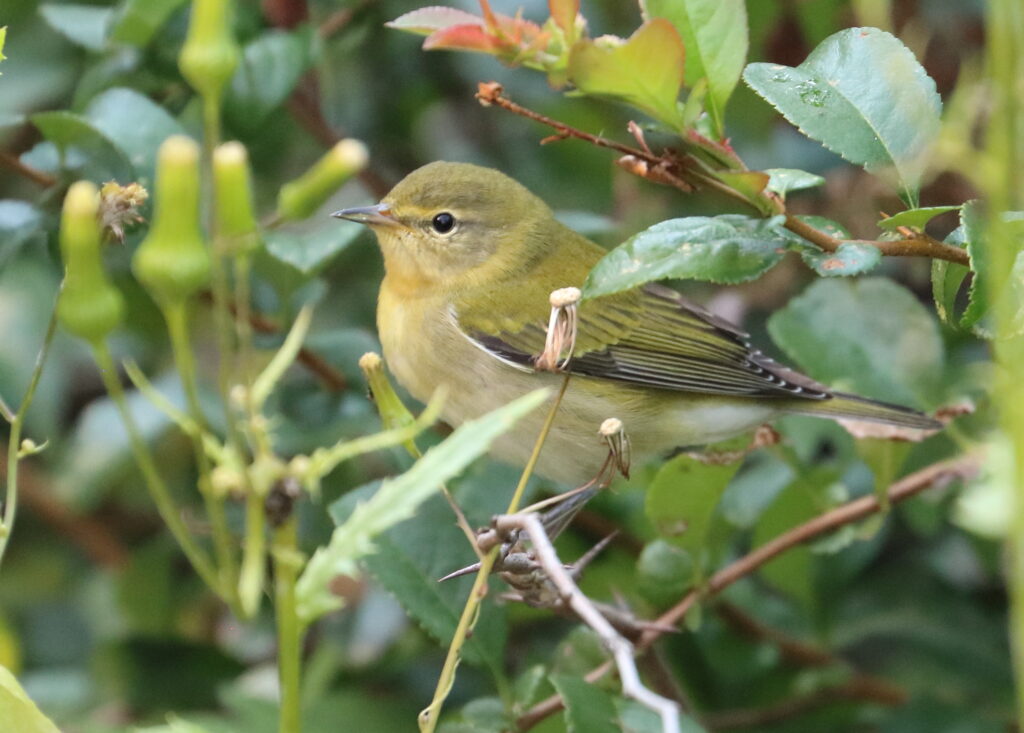
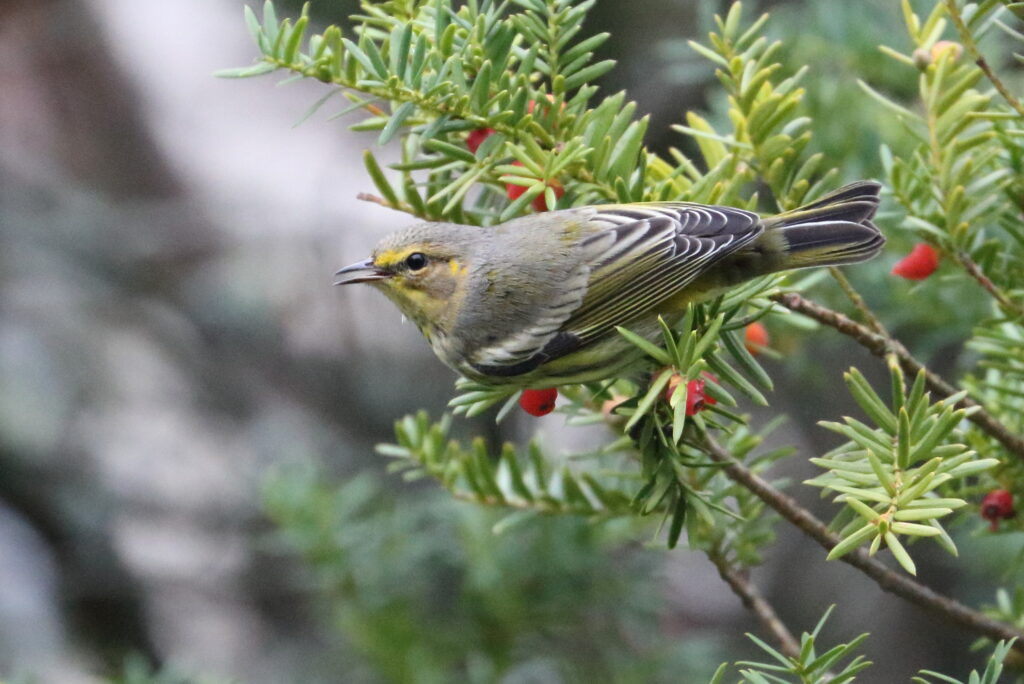
Then, it was off to Southeastern Arizona, a region that was already wilting under ninety-degree temperatures during the middle of the day. Thoughts of Spotted Owls and Scott’s Orioles accompanied us as we crossed the border into southern California, then up the coast, across the Central Valley into the Sierras, where the town of Twain Harte became my home base for three months. It was there that I’d met Sam Darmstadt, Miles Carlile and Ivara Goulden, amazing people with whom I shared amazing experiences throughout the summer. We camped in the hottest desert in the world, we climbed one of California’s tallest peaks, we set off into the formidable Pacific Ocean in search of lifers. If you want to know what wildlife we saw during these adventures, well, there are posts about each and every one of them!
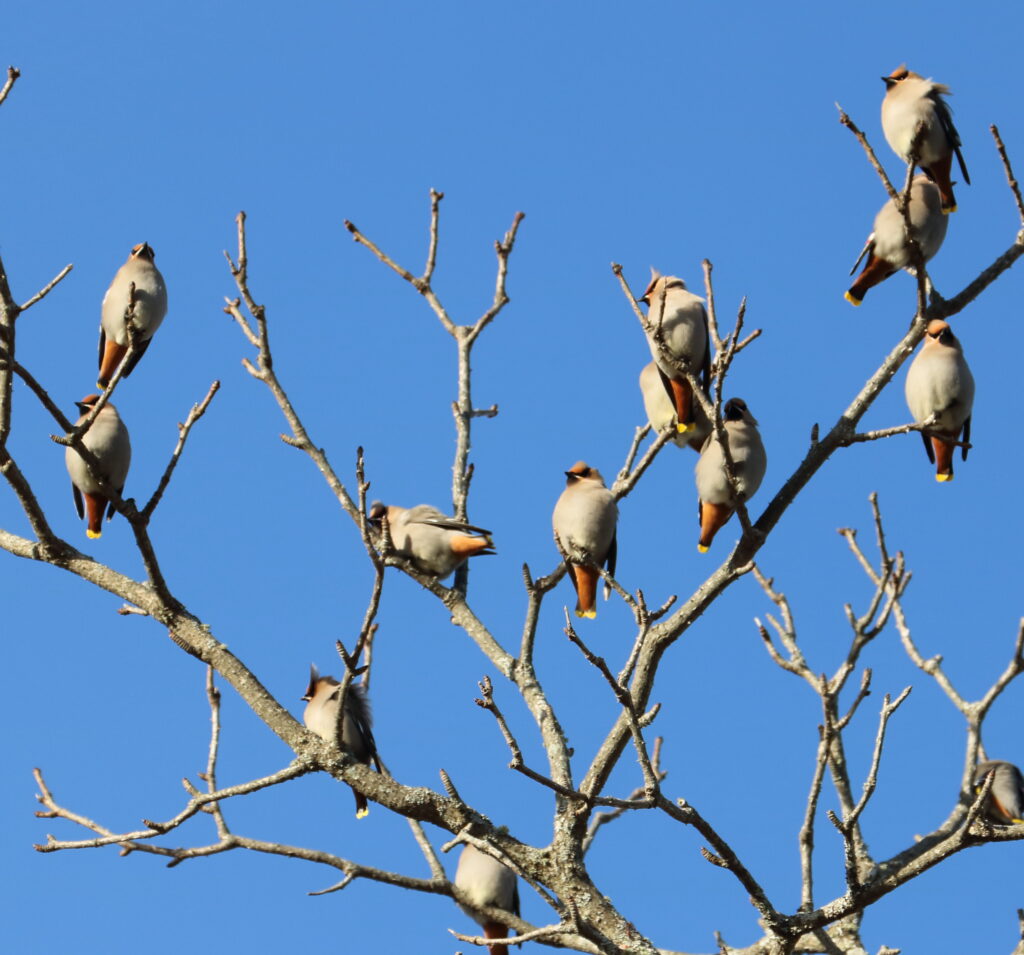
And now, flash-forward to now, December 26th, 2022. I’m back home in Missoula for a few more weeks, then I head back to Maine to kick-off another year. My goals? I don’t have any numbers in mind, but I would like to see a Northern Pygmy-Owl while I’m still out west. Learning the Eastern wood-warblers by song would also be awesome, should I get a summer job in New England somewhere.
But what about the birds of 2022? What were my dad and I’s top ten, or top twenty? You’ll just have to stay tuned!

